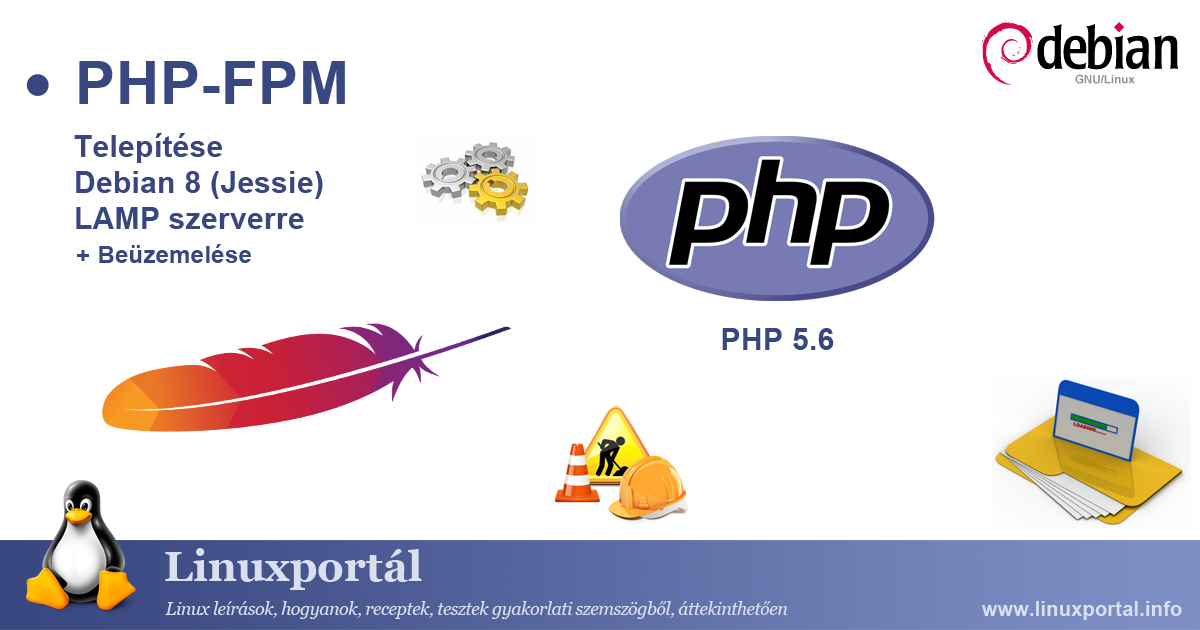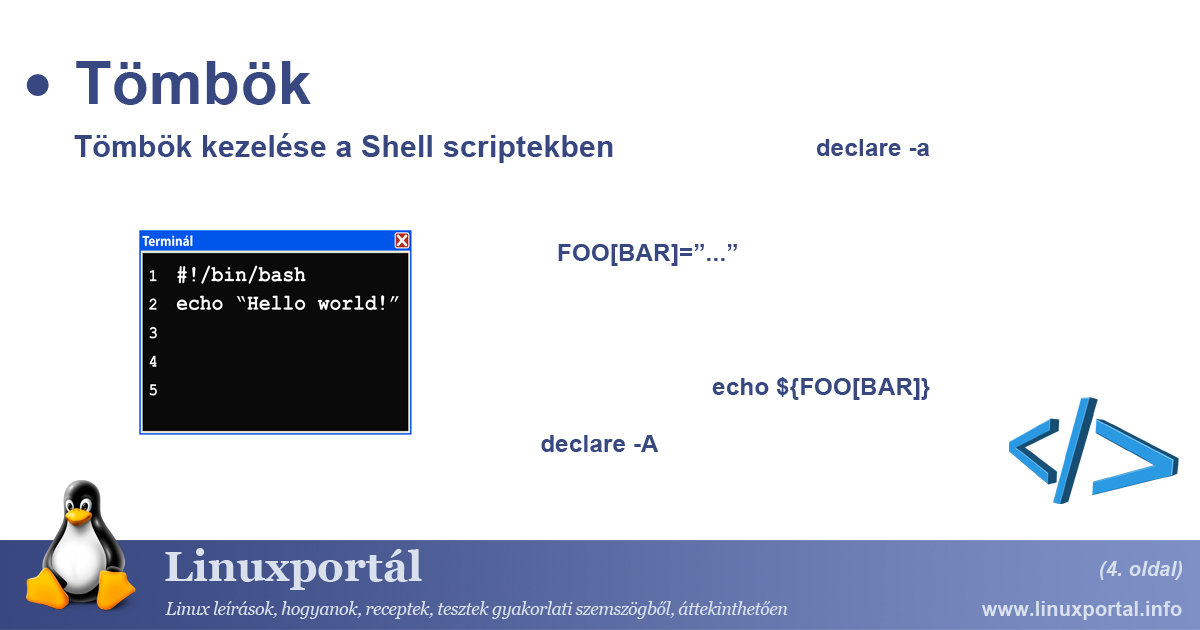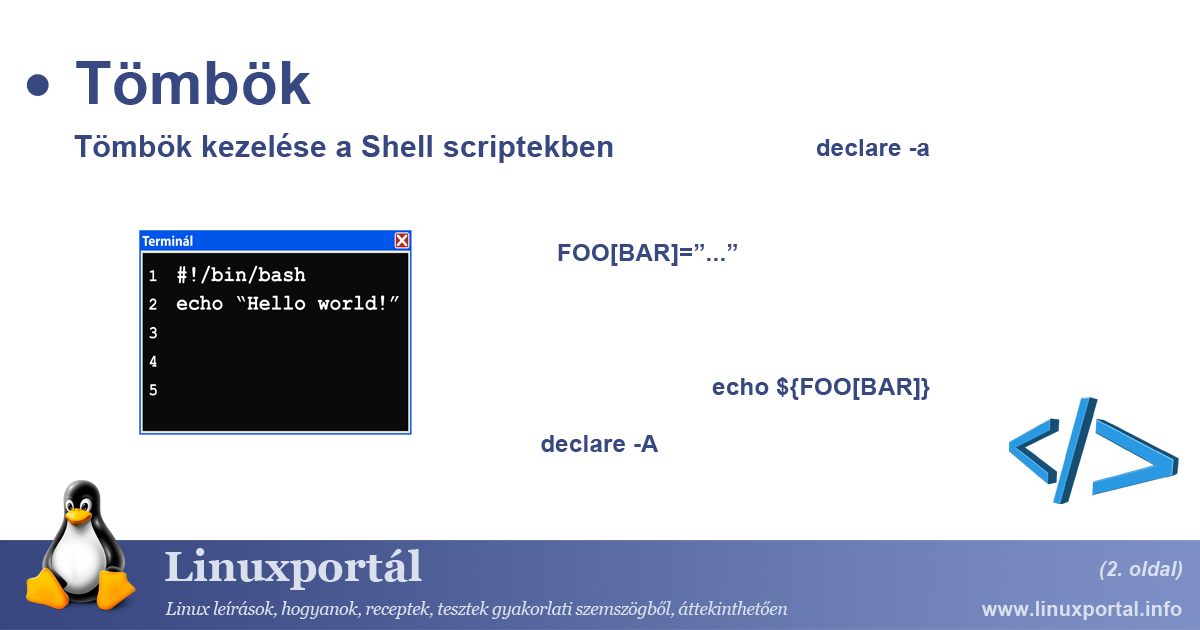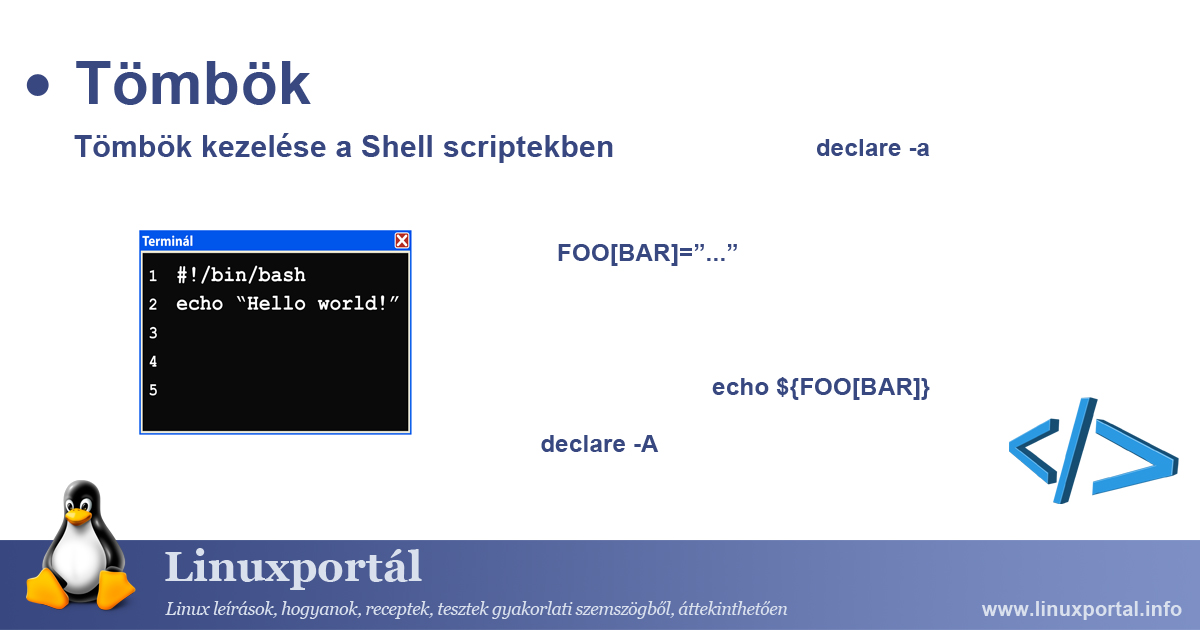What to do if the Debian 8 (Jessie) APT package manager throws 404 (not found) errors when upgrading
On March 2019, 20, Debian moved the entire Debian 7 (Wheezy) repositories and the non-LTS repositories of Debian 8 (Jessie) to archive.debian.org. For Debian 8 (Jesssie), archiving affects the jessie-updates and jessie-backports repositories, so they are no longer available in the Debian main repository, but only in the archive, and no security updates are available for them. In this tutorial we will look at how to configure the APT package manager repositories so that we can continue to upgrade our Debian 8 (Jessie) system smoothly.







